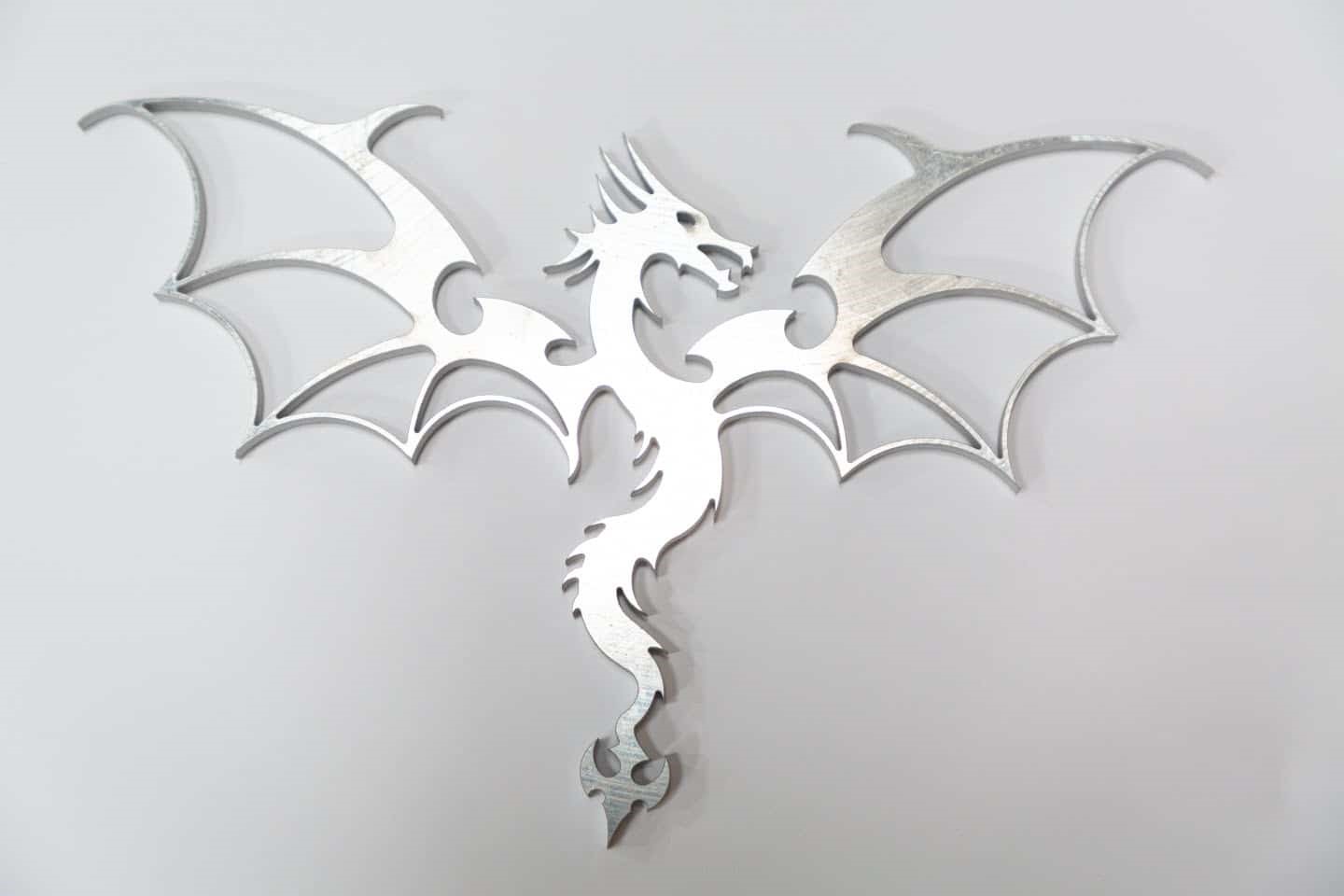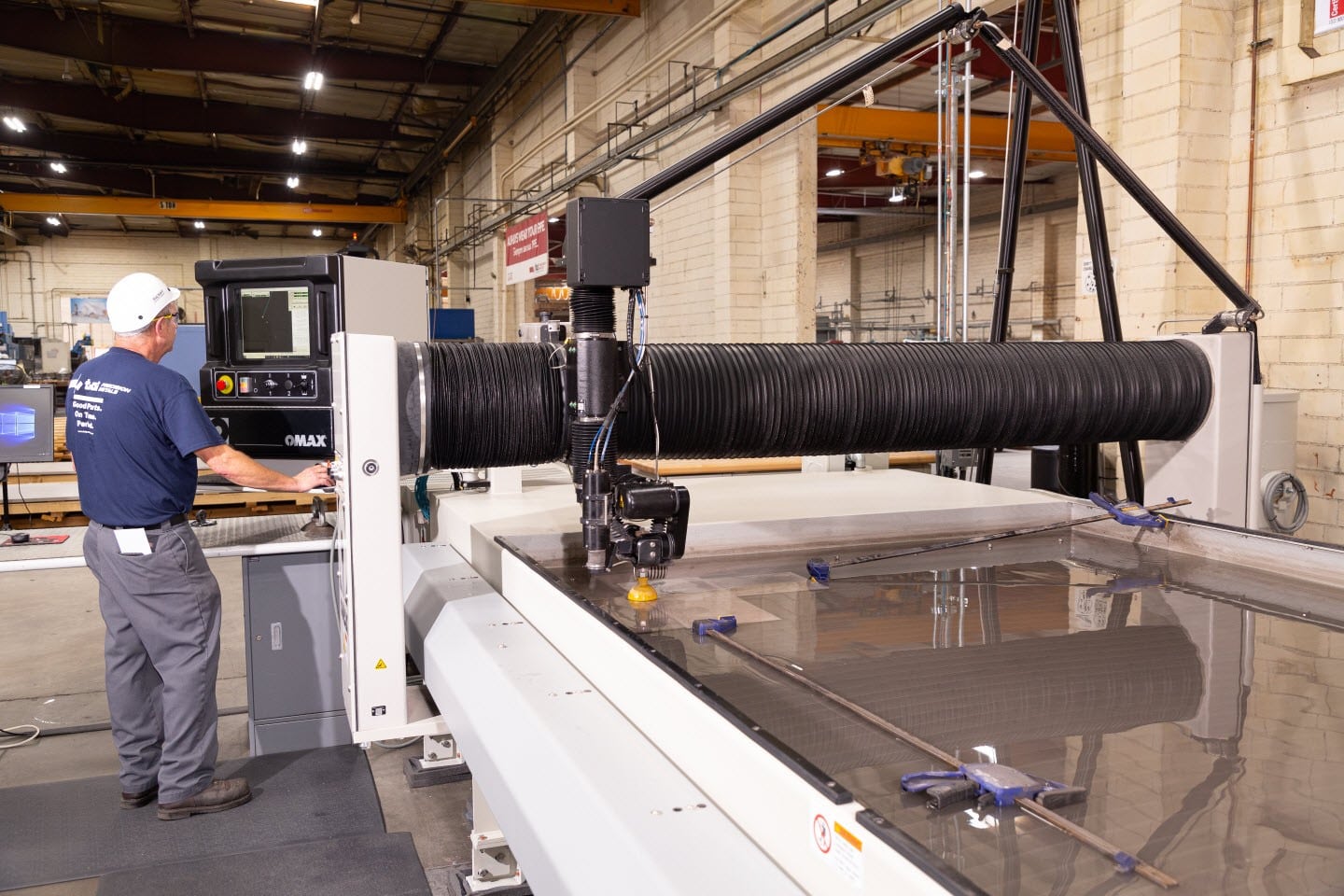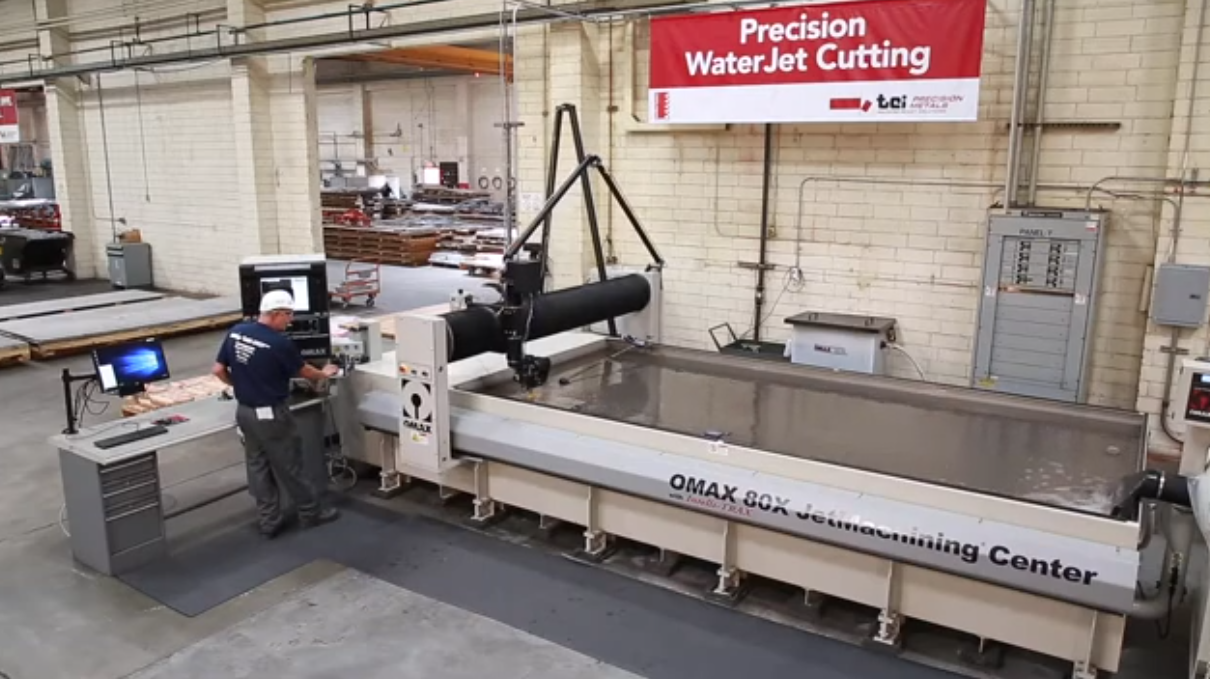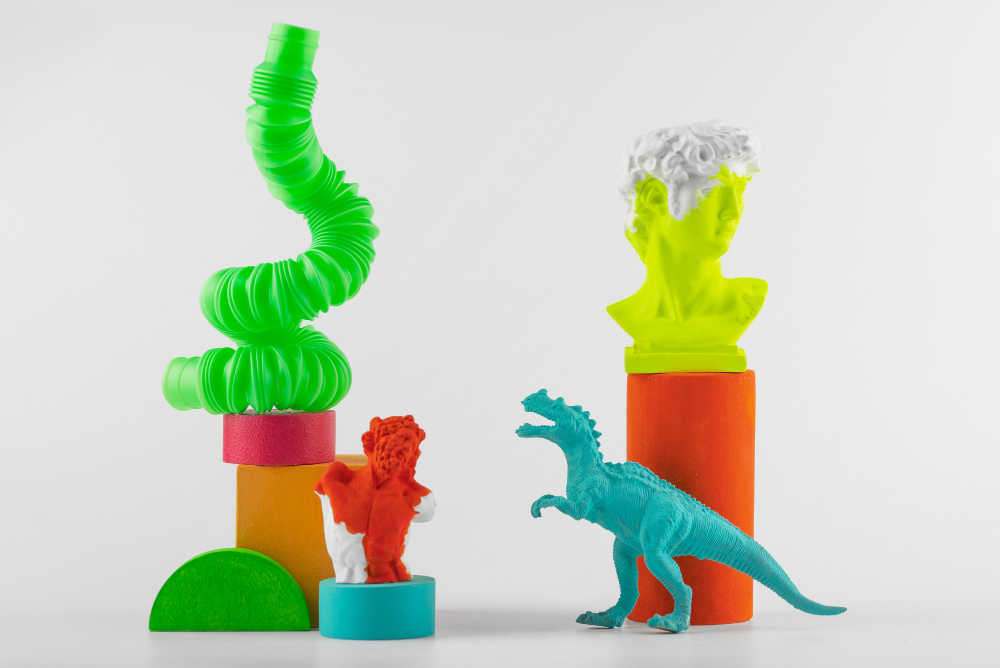Water jet cutting relies on extremely high pressure, typically between 60,000 and 90,000 psi. Higher pressure increases cutting speed and may reduce abrasive consumption because each abrasive particle carries more energy. Cutting quality and speed depend on multiple factors including nozzle diameter, pump pressure, intensifier capacity, abrasive quality and material thickness.
Nozzles and Jet Quality
The nozzle is a critical component for achieving a cohesive, stable jet. Nozzles typically range from 0.08 mm to 0.45 mm. Poor jet cohesion leads to taper, reduced accuracy and lower edge quality. Maintaining the correct nozzle and orifice combination is essential for consistent performance.
Types of Water Jet Pumps
Water jet pumps are classified into two main types: direct-drive rotary pumps and linear intensifier pumps. Direct-drive pumps have a simpler design and lower initial cost but require more frequent maintenance. Intensifier pumps can reach pressures up to 6,500 bar and usually offer a lower long-term cost of ownership. Choosing between them depends on production needs, maintenance strategy and budget.
Cost Considerations
Estimating water jet cutting cost is complex due to variables such as programming time, material fragility, piercing requirements, setup, consumables, maintenance and job volume. A practical method is to calculate cost per part rather than per machine hour. Typical hourly rates for single-head water jet systems range from approximately $100 to $135, while specialized projects may cost significantly more. Depending on the material and thickness, cutting time can vary from minutes to more than 40 hours.
Advantages and Disadvantages
Water jet cutting offers several advantages:
– Cold cutting with no heat-affected zone
– No residual stress on the material
– High-quality edge finishes
– Minimal dust, fumes or contamination
– Ability to use multiple cutting heads
– Very low material waste
Limitations include slower cutting speeds compared to plasma or laser, higher initial investment, increased electrical consumption and larger space requirements.
Expert Insights and Misconceptions
Modern water jet systems can cut thick materials accurately, debunking early misconceptions that water jets were inaccurate or limited to thin sections. As one expert notes, water jets can cut more than one foot of thickness in many materials—just at a slower pace. Over time, water jet technology has become the first choice for many shops thanks to its adaptability and precision.






